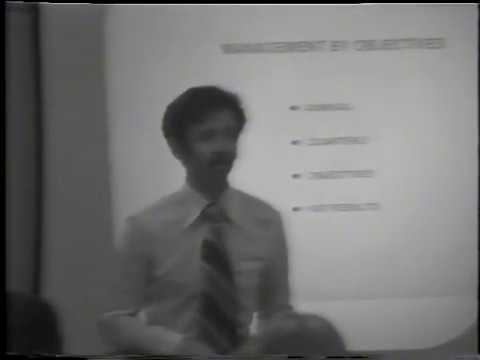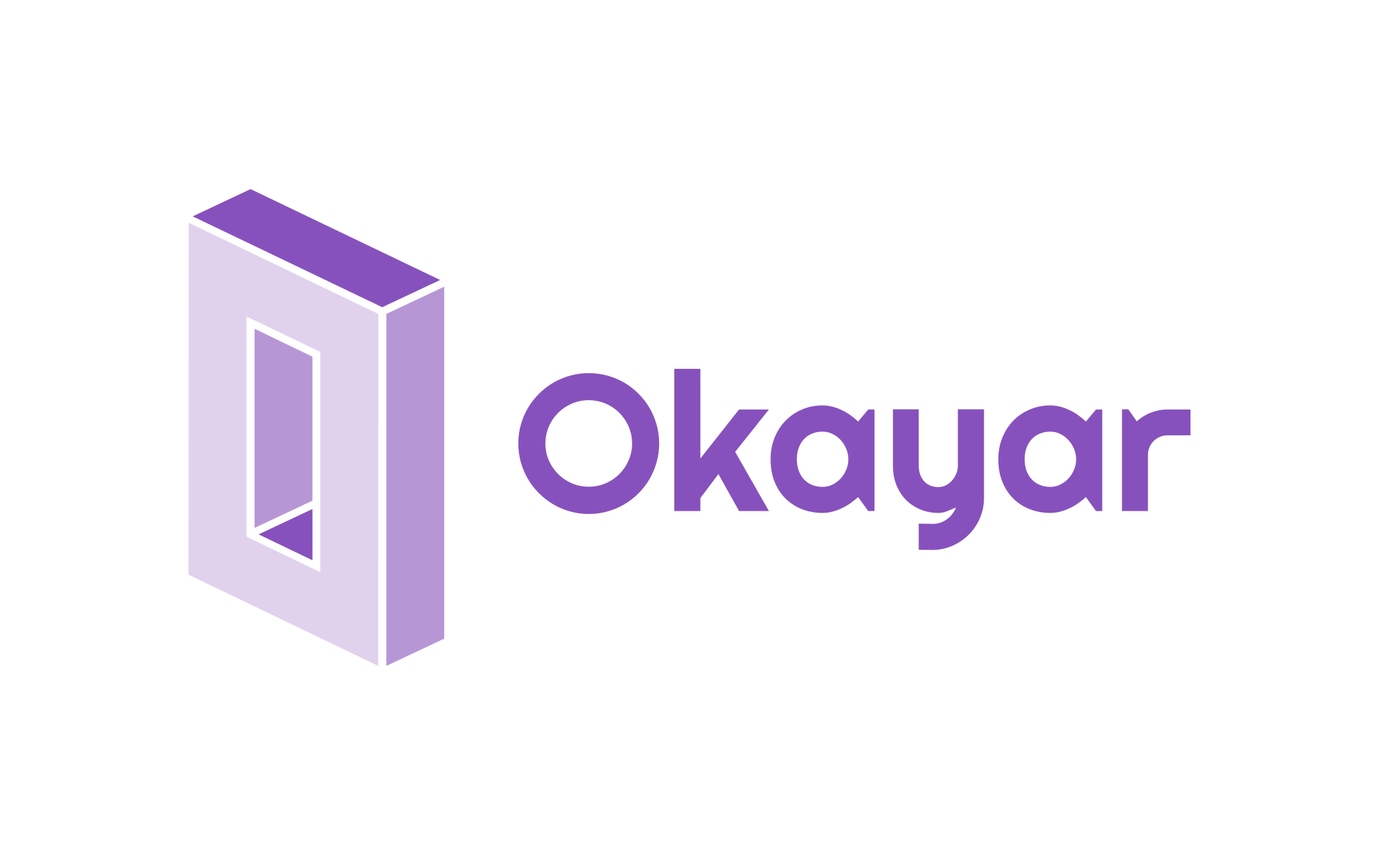OKRs Overview
Objectives and Key Results (OKRs) are a framework that companies use to set and track quarterly goals. These OKRs were introduced to create attainable, measurable, and aligned goals within an organization.
An objective is a qualitative goal. Specifically, this is the “what” of the goal you want to get done. These goals set the direction of your efforts for the next quarter. Each objective typically contains 2-5 key results.
Key Results are measurable outcomes that you can track throughout a quarter. These serve as the “how” for how you will complete the objective that you have set out for yourself.
You should aim to complete 60-70% of your OKRs each quarter! More details on this in the “Guidelines for Creating OKRs” section below.
History of the OKR
OKRs were introduced at Intel in the 1970s. Andy Grove brought these to Intel and evangelized their use through seminars and other means. One of my favorite explanations of OKRs is by Andy Grove himself, in this short video.
In one of those audiences was John Doerr, a computer engineer at IBM. John Doerr would be mentored by Andy Grove for years, after which he would go on to work for a VC firm, Kleiner Perkins. In 1999, Kleiner Perkins invested in a little company named Google. John Doerr would meet with Larry Page and Sergey Brin in Google’s earliest stages and introduce the concept of OKRs. They adopted it within the company at less than 100 employees, and have grown to the size they have in part due to this goal-setting method.
With Google’s continued success, OKRs have exploded in popularity. Companies around the world use it to set and align on their goals. John Doerr is, to this day, one of the biggest evangelists for OKRs on the planet.
Here, I’m going to list some of my favorite resources that stem from Google’s adoption of OKRs.

Andy Grove teaches OKRs at IBM.
Video creds: What Matters Youtube Channel
Why use Personal OKRs?
There’s a few things that I have been bad at in my resolutions every year:
1. Holding myself accountable to my goals
2. Tracking progress to my goals in a meaningful way
3. Setting specific targets, rather than general ones
4. Actually caring about my resolutions six months after I set them
OKRs give me a framework to fix all of these problems. When we set objectives in our lives, we too often just say what we want to accomplish. I might say to myself on December 31st, “I want to get more fit next year”. What we’re missing here is how we are going to accomplish these goals. If I were to set these through OKRs, they could look like this.
Objective: Get more fit this year
KR1: Be in the gym 15 days out of each month
KR2: Take 2 workout classes a month
KR3: Be able to run a 5k in under 25 minutes
Just like that, I’ve solved problems (1), (2), and (3) that I face every year. I now have a way to “grade” myself and keep myself accountable. I can track my progress by updating my current progress in Okayar every day. And now, I’ve actually set specific targets to try and hit for the next 3 months. It’s no longer a wishy-washy “I want to do this”. It’s now a concrete demand of myself.
Setting OKRs also helps with problem (4) through the feedback loop it provides at the end of every 3 months. When I hit March 31st, I know exactly how much progress I’ve made on each of these goals, and I can update them for the following quarter. For example, if I achieve completion on KR3, I can update my OKR for the following quarter.
Objective: Get more fit this year
KR1: Be in the gym 15 days out of each month
KR2: Take 3 workout classes a month
KR3: Be able to run a 5k in under 22.5 minutes
Now, my goals are updated each quarter to be more relevant for the next quarter. Instead of just being something I said in passing at the start of the year, I have goals I can periodically update and therefore continue to care about.
Guidelines for Creating OKRs
There are a number of things you can do to make your use of OKRs successful.
Objectives
Create specific and bold objectives
Set ambitious goals for yourself—one in which you can look back in 3 months and be proud of yourself for the progress you’ve made.
Limit yourself to 3-5 objectives
This one is flexible, but generally, it will help to focus on a smaller set of objectives and make significant progress there, rather than spread yourself too thin and make little progress on all of them.
Key Results
Make your key results concretely measurable
When you look back to “grade” yourself on a key result and update your progress, there shouldn’t be any room to question your progress. For example, if your key result was to read 4 books, you should be able to concretely say exactly how many you finished. If you were 3.5 books in, your “answer” is 3. Remember, it’s okay to not be 100%! This is not a test, this is a way to measure your own progress and get better at setting attainable goals for yourself.
General Tips
You want to achieve 60-70% of your goals each quarter
This may sound weird—why wouldn’t you want 100%? Well, it’s important to remember that OKRs are a way of accelerating your own progress. You want to be setting ambitious and attainable goals.
This is a very helpful feedback loop. If in a quarter I were to only achieve 35% of my goals, I would have learned something about myself. Not that I “failed” in any sense, but that I need to reevaluate how I set my goals, and then get better at setting more attainable ones. We all have a lot going on in our lives—it gets hard to estimate how much we can actually put into bettering ourselves each quarter.
Conversely, if I were to achieve 100% of my goals in a quarter, this could actually be a red flag. Maybe, I need to be setting more ambitious goals for myself. It’s again time for reevaluation. Was I too easy on myself? Or did I just work ridiculously hard to meet all my goals?
So, take advantage of this feedback loop! Set very ambitious goals, and over time you will get to know yourself better and figure out exactly how much you can accomplish in any 3-month period.
